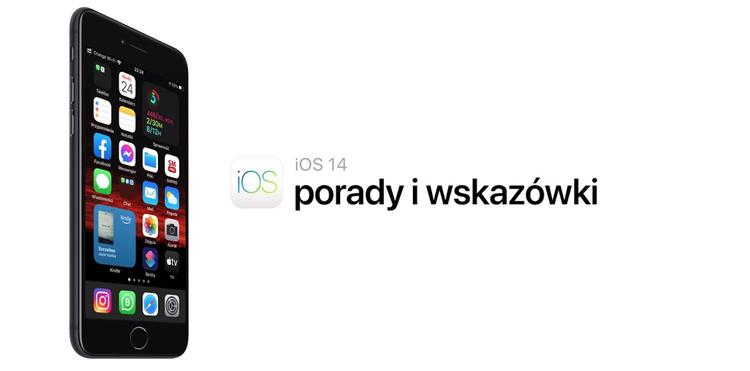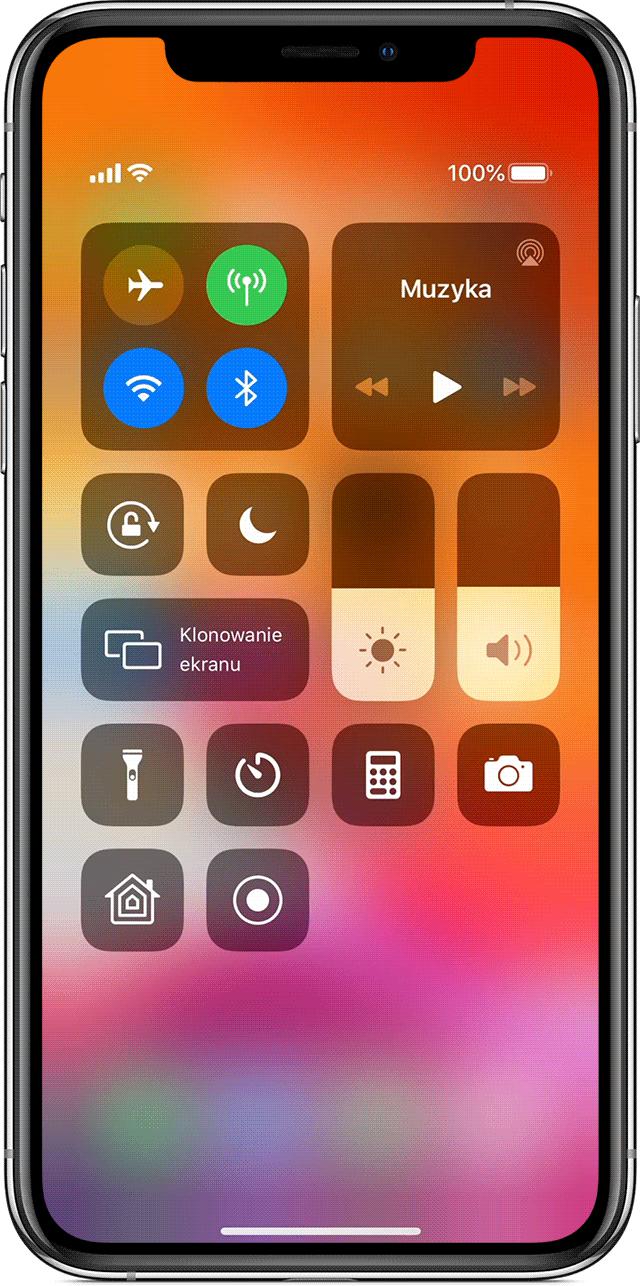iPhone is a fantastic, easy-to-use audio recording tool, but recording calls discreetly or secretly is not that simple anymore. The Pre-Installed Voice Recorder application is great for taking audio notes and recording meetings, lectures, and other conversations for later reference, but doing it without anyone else knowing is difficult. Unless you create a shortcut.
Normally, to record ambient sound, you have to open an app like Voice Recorder, hit the record button and finally hit the stop button. Yes, you can make things a little easier by adding a record button to the Control Center and control the Voice Recorder from there. However, no matter which of these methods you try to use, it will unobtrusively start recording so that no one notices what you are doing, it is unlikely to be possible.
The AppStore offers third-party voice recording applications with functions that facilitate discreet recording. However, they are usually paid, and also take up space in the phone memory. It makes no sense to pay and install another application, since you can use the features that iOS offers. Be smart and use the Shortcuts app that is already installed on your iPhone by default. Create a shortcut that allows you to discreetly record calls.
For discreet recording, it's best to use Back Tap, an accessibility feature that was introduced in iOS 14. You can set audio recording to turn on when you tap on the back of the iPhone. You can add an action to the set that will dim the screen, so that no one but you can see what you are doing on your device.
What you need to have to make a shortcut to discreet recording
System requirements for preparing the shortcut
How to make a shortcut to record calls discreetly on iPhone
Create a new shortcut
Since there is no default action in the Shortcuts app for Back tap which uses the Voice Memos app, you will have to create such a shortcut from scratch. To do this, launch the Shortcuts application and go to the My Shortcuts tab. Then tap the plus (+) icon in the upper-right corner of the screen.
Choose between voice memo and audio recording
When creating a shortcut, you have two options. With the first one, you can record directly to the Voice Recorder application. Thanks to the second, the audio will be saved directly in the Files application. Both options record audio in M4A format (Apple MPEG-4 audio).
If you choose the first option, the shortcut will redirect you to the application, where it will immediately start recording audio. This is a good solution, because it also saves the address of the place where the recording is made and allows access to tools to improve the sound quality. Additionally, recording continues even when you start using other applications on your iPhone.
Option two brings up a full-screen recording window that lets you know that your iPhone is recording. This option is better under certain conditions, as it provides an easier way to stop recording, such as by setting a timer or touching anywhere on the screen, and saves the captured audio in a selected iCloud folder that you can access from the Files app. You can also choose Dropbox or another data storage service as the recording location.
Shortcut for voice memo
In the newly created shortcut, click Add action or type Voice recorder in the search bar at the bottom. From the results, select Record New Voice Memo. Now move the switch next to the Show on startup action to the left and tap the Next button that is visible in the upper right corner. On the next screen, give the shortcut any name you want, but you'd better something simple like Record Sound. Click Done in the upper right corner to save the shortcut.

Shortcut for recording to file
In the newly created shortcut, in the search bar at the bottom, type record and select Record sound from the results. Then click Show More in the displayed action and configure the settings according to your preferences. You can change any of the following options:
Sound quality: The default is Standard, but if you want a better recording that takes up a bit more space, choose Very Fine.
Start Recording: Defaults to When Taped, but since we want to record discreetly, change this setting to Immediate.
End Recording: It's set to Under Tap by default, and this is the perfect option if you have no idea how long a call you want to record will last. When you're ready to stop recording, just touch the screen. If you know how long you want to capture audio, you can toggle the option to After laps. time and then enter the duration in minutes and seconds.
Now in the search bar at the bottom, type save file. Select Save File from the results. On the action card, you can adjust the following options:
Service: By default, audio will be recorded to iCloud in the Files app, but you can change this to Dropbox, for example. Just tap iCloud and choose Dropbox from the menu.
Ask me where to save: By default, this option is on, but since we want silent and unattended recording, move the slider to the left to turn it off. Another Target Path field will appear.
Target path: this parameter is very important. It is used both to select the location of the recordings and to set the file names of the recordings. Location: The iCloud Shortcuts folder is selected automatically. You can still add a subdirectory to this folder if you want your recordings to be stored in a dedicated subfolder. To do this, enter the name of an existing folder after a forward slash (/). If you don't have an existing folder, go to the Files app and create one first, as Shortcuts won't create one for you. You can also choose a path on many Dropbox cloud storage services Filename: Whatever appears after the last slash will be the name of the audio recording. So if you have "/ Shortcuts / audio recording" entered, your files will be called audio record, audio-2 record, audio-3 record, and so on. However, you can leave the filename blank and Files will default to the filenames as "Audio recording YYYY-MM-DD with HH.MM.SS.m4a". This may be easier to track as it includes the date and time.
Overwrite if file exists: By default, this switch is off, but if you want each secret recording to erase the last one, you can turn it on. After enabling you will have no audio record, audio record -2, audio record -3 etc. For filenames - you will have only Audio. Each time you record, the audio will be overwritten with a new file.
When you are finished making selections, tap Next, name the shortcut Record to File, and tap OK to save the shortcut.
Add screen dimming
The procedure for adding a screen dimmer is identical for both shortcuts. For the purposes of this post, I will describe it for the Recording to File shortcut
Launch the Shortcuts app and go to the My Shortcuts tab. Find the Record to File shortcut tile and tap the ellipsis icon (•••) to reopen the editor. Then tap the plus icon (+) under the last action and in the search bar at the bottom enter brightness. Select Set Brightness from the results. The default brightness in the displayed action is 50%. Tap on that, then use the slider to decrease the brightness. You can choose any brightness, but 0% is the best option so no one can see what's on the screen.
The last thing you need to do is change the order of the actions. If you leave them in that order, the phone won't dim the screen until the recording is finished, which would be pointless. Therefore, press, hold and drag Brightness to the top of the workflow. Finally, tap OK in the top right corner to save your changes.
Add your shortcut to Back Tap
Now that your shortcut is ready, it's time to add it to Back Tap. The procedure for adding a screen dimmer is identical for both shortcuts. For the purposes of this entry, I will describe it for the Burn to File shortcut
To add a shortcut to Back Tap, launch the Settings app and select Accessibility> Touch> Back Tap from the menu. Then, depending on your preferences, select Double-tap or Triple-tap. Then go to the Shortcuts section and select Record to File and exit the Settings app.
Launch the shortcut from Back Tap
When using the Back Tap feature, you can now launch shortcuts by tapping the back of your iPhone.
If you select the Voice Notes shortcut, when the screen dims, you will be redirected to the Voice Recorder application and you will have to tap the red stop button to end the recording.
If you select Files, a full-screen window will appear when the screen dims, in which you can tap to end the recording.
Where to find recordings
If you used the Voice Note shortcut, open the Voice Memo application. You'll see your recording at the top of the list. You can touch the ellipsis icon (•••) to edit the recording, copy it to the clipboard, share it, save it to Files, etc.
If you used the Burn to File shortcut, open the Files application and navigate to the target path selected when creating the shortcut. If you have left the default name of your recordings in abbreviation, the audio recording will have the date and time in the title, and you can tap it to listen to it. You can also use the Share button to share it online.


![Apps and games on iOS for free.Promotions, discounts, discounts [27.12.2021] Apps and games on iOS for free.Promotions, discounts, discounts [27.12.2021]](https://website-google-hk.oss-cn-hongkong.aliyuncs.com/article-website/google/2021/12/31/661e1a9d1bdfffaecac65b0350aa0db5.webp?x-oss-process=image/auto-orient,1/quality,q_70/format,jpeg)